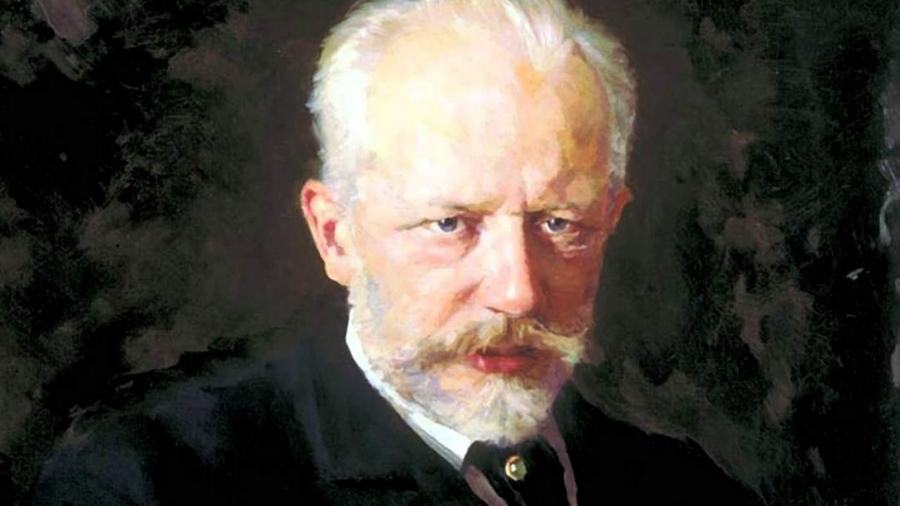Stravinsky Meets Tchaikovsky: Reimagining “The Sleeping Beauty”
Tchaikovsky’s fairytale ballet, The Sleeping Beauty, was first performed at St. Petersburg’s Mariinsky Theatre on January 15, 1890. Among the audience members of this premiere production was the eight-year-old Igor Stravinsky, who later noted it as a formative musical experience. For the first time, the young Stravinsky was struck by the majesty of the orchestra, and well as the music of Tchaikovsky, a personal friend of Stravinsky’s father. In January of 1941, Stravinsky received a …







